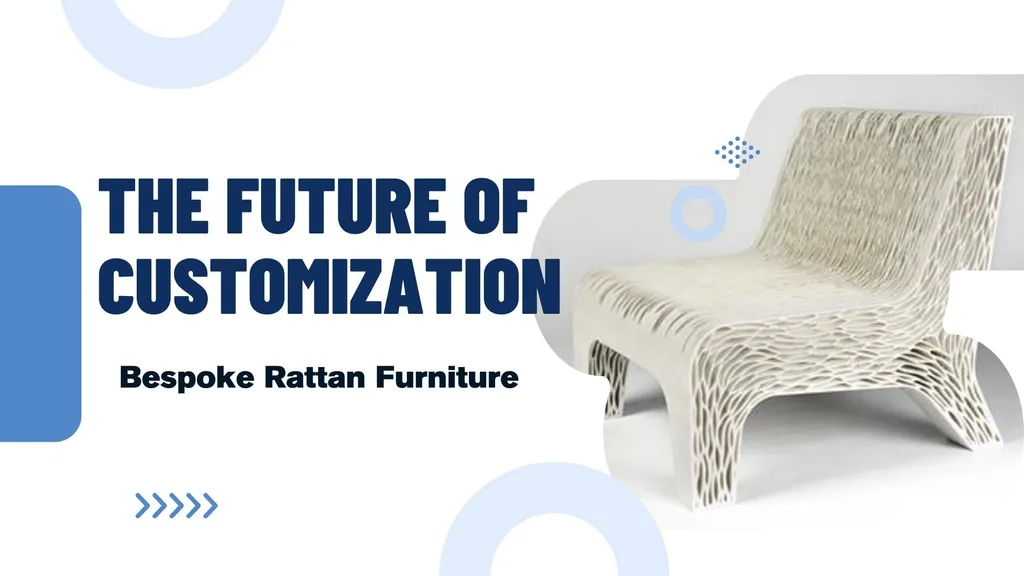Contents

In the lush landscapes of Southeast Asia, rattan vines are transformed into sustainable, versatile products that captivate global markets. For rattan manufacturers, the key to success lies not only in craftsmanship but also in the efficiency of their supply chains. This blog explores how manufacturers can streamline operations, reduce costs, and embrace sustainability to meet rising demand while maintaining quality. Discover the metrics, challenges, and trends shaping the future of rattan supply chains, with insights applicable to industry leaders like Ethical Handicraft Manufacturer (EHM).
Why Supply Chain Efficiency Matters
A well-optimized supply chain is the backbone of rattan manufacturing, balancing cost, speed, quality, and sustainability. Efficient operations minimize waste, lower expenses, and enhance responsiveness to market shifts. By leveraging key metrics, manufacturers can ensure their products reach customers swiftly and sustainably, fostering satisfaction and loyalty.
Key Metrics for Evaluating Efficiency
To achieve operational excellence, rattan manufacturers rely on a blend of cost, time, and quality metrics.
Cost Efficiency Metrics
Total Supply Chain Cost as a Percentage of Sales: Measures the proportion of revenue consumed by supply chain processes, helping identify inefficiencies.
Supply Chain Cost per Unit Sold: Tracks expenses per product, guiding cost-saving strategies without compromising quality.
Gross Margin Return on Investment (GMROI): Evaluates inventory profitability, ensuring optimal stock levels.
Inventory Holding Cost: Monitors expenses like storage and spoilage, emphasizing streamlined inventory management.
Time Efficiency Metrics
Customer Order Cycle Time: Measures the time from order placement to delivery, critical for customer satisfaction.
Lead Time: Tracks the duration from production start to delivery, ensuring flexibility and market readiness.
On-time Delivery Rate: Gauges punctuality, reflecting supply chain agility.
Perfect Order Index: Assesses flawless order fulfillment, including timely, accurate, and undamaged deliveries.
Quality Metrics
Perfect Order Rate: Ensures orders meet all customer specifications, building trust.
Order Fill Rate: Measures inventory reliability, reducing backorders.
Cost of Quality: Balances expenses for maintaining high standards.
Supplier Quality Performance: Evaluates material reliability, minimizing defects.
Customer Returns: Tracks product reliability, aiming for minimal returns through consistent quality.
Challenges in Rattan Supply Chains
Rattan manufacturers face unique hurdles that demand strategic solutions.
Environmental Impacts
Unsustainable harvesting risks deforestation and biodiversity loss. Manufacturers must adopt responsible sourcing, reforestation, and eco-friendly practices to preserve ecosystems. Climate change further complicates operations, with weather disruptions affecting supply chains.
Supply Chain Disruptions
Global events, natural disasters, and political instability can halt production or logistics. Demand fluctuations also challenge inventory management. Building resilience through diversified suppliers and data-driven forecasting is essential.
Best Practices for Enhanced Efficiency
To overcome challenges, manufacturers can adopt these strategies:
Automation
Smart technologies like IoT and machine learning optimize production, reduce errors, and improve forecasting. Automated inventory systems streamline stock management, ensuring timely order fulfillment.
Strong Supplier Relationships
Collaborative partnerships with suppliers enhance material quality, reduce costs, and foster innovation. Shared strategies improve resilience, helping manufacturers navigate disruptions and market shifts.
Comparing Rattan to Other Natural Products
Unlike bamboo or wood, rattan’s sourcing is geographically specific, creating unique vulnerabilities. However, strong supplier ties and cost-effective management give rattan manufacturers an edge in adapting to eco-conscious trends and innovating designs.
Efficient supply chains are vital for rattan manufacturers to thrive in a competitive market. By leveraging metrics, embracing technology, and prioritizing sustainability, companies like Ethical Handicraft Manufacturer (EHM) can deliver high-quality products while safeguarding the environment. As trends evolve, a strategic focus on efficiency and innovation will position rattan manufacturers for lasting success.





